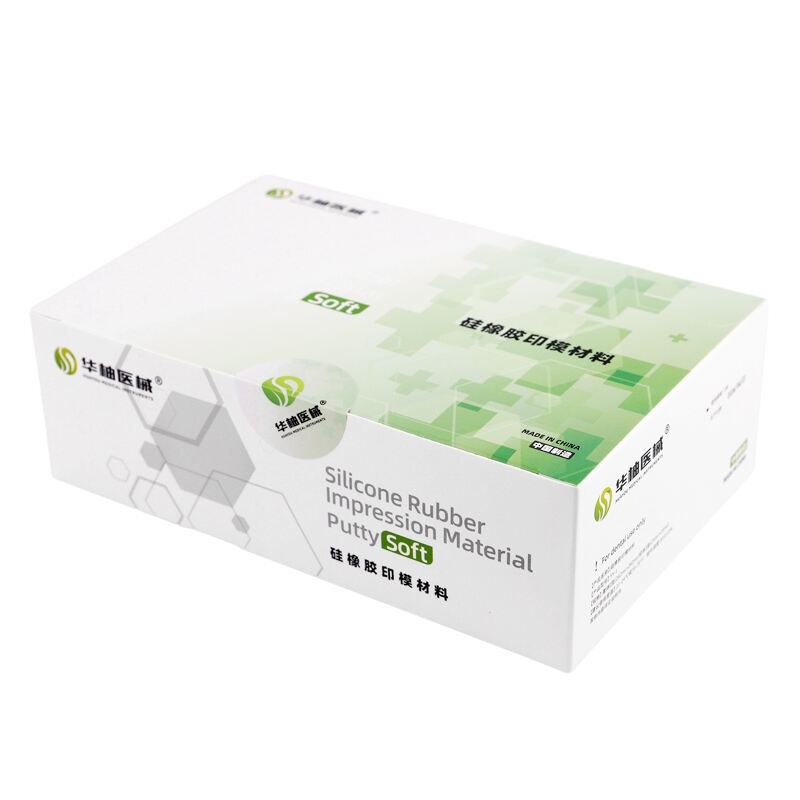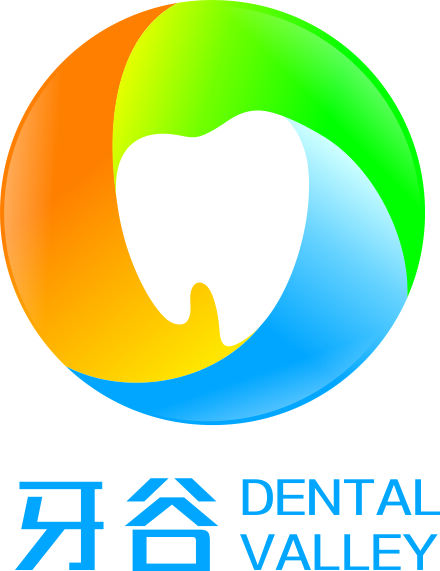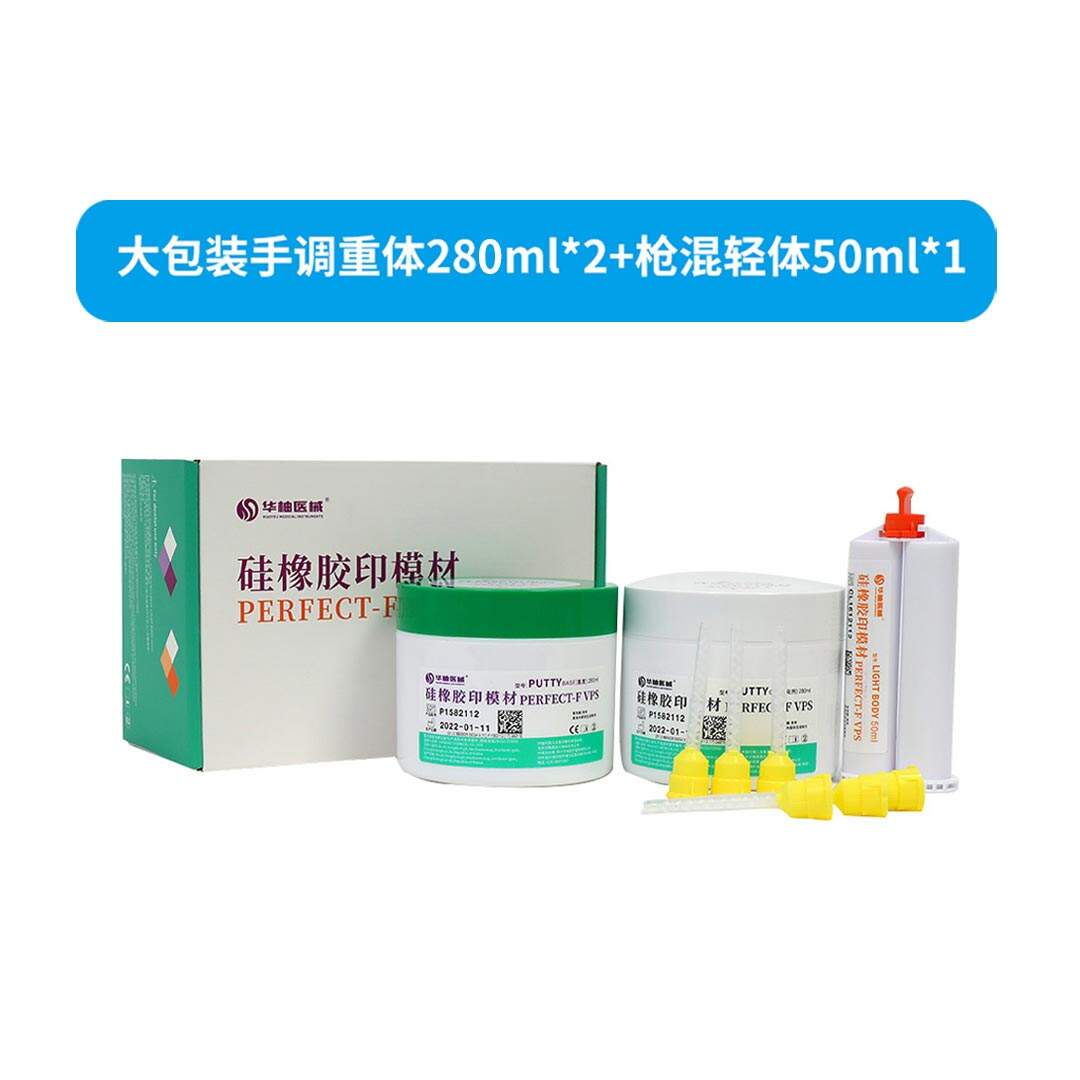Kva er dei vanlegaste typene av tannleg verktøy som brukast dagleg?
Introduktion til tandlægeværktøjer
Tandpleje er et område, der afhænger af præcision, effektivitet og sikkerhed. For at opnå resultater af høj kvalitet stoler tandplejepersonale på en bred vifte af instrumenter, der er designet til undersøgelse, diagnose, rengøring, behandling og kirurgiske procedurer. Disse instrumenter, kendt som Tannlegeverktøy , er grunnleggjande i all tannlege praksis. Anten ein tannlege gjer ein enkel undersøking eller ein komplisert operasjon, gjer dei rette verktøyane arbeidet raskare, tryggare og meir effektivt. Forstå dei vanlegaste typane av Tannlegeverktøy med tannlege medisinar hjelper både tannlege og pasientar å forstå rolla dei har i å opprettholde munnhelse.
Tandlege verktøy for undersøking og diagnose
Muntspegel
Eit av dei enkleste og mest essensielle tannlege verktøyene er munnspegelen. Det gjer at tannlege kan sjå på område i munnen som er vanskelege å sjå direkte, som baksiden av tennene og underdelen av tunga. Speilet hjelper òg med å reflektera lys inn i mørke område og trekkjer tilbake mykt vev som kinn eller tunga for betre syn.
Tannlege utforskar
Tandforklaren har ein skarpe, spisse ende som er utformen for å identifisera huller, plakk, tannstein og uregelmessigheter på tennestørfa. Det er eit viktig verktøy for å diagnostisere tidlege teikn på forfall og for å sjekka integriteten til fyllingar og restaureringar.
Periodontal sonde
Parodontalsonden måler djupet av lomma rundt tennene for å måle tannkjøttets helse. Det hjelper til med å identifisera tidlege teikn på parodontose ved å indikera om tannkjøtet er i tilbaketrekking eller om det har danna djupe lommer rundt tennene.

Tandlege verktøy for reinsing og forebygging
Skalere
Scalere vert brukt til å fjerna plakk og tannstein av tannoverflaten, særleg nær tannkjøtet. Dei er tilgjengelege i ulike former og vinklar for å nå ulike delar av munnen effektivt.
Kurette
Curettar er liknande skaler, men er utformde for å gå djupare under tannkjøtet. Dei vert brukt i skalling og rotplaning til å reinsa rotoverflata og glattne dei, og reduserer risikoen for tannkjøttssykdom.
Ultralydsskalere
Mange moderne tannlege praktiserer bruker ultralydskallere, som er avhengig av høysfrekvente vibrasjonar for å bryta ned plakk og tannstein. Dei vert ofte kombinert med eit vannspray for å vaska bort søppel og reduser varme under prosessen, og gjer prosedyren meir komfortabel for pasientene.
Air polering verktøy
Air-poleringsenheder bruger en blanding af komprimeret luft, vand og fint pulver til at fjerne overfladeflækket og plak. De er effektive til at give tænderne en poleret afslutning efter skaleringsprocedurer.
Tandlægeværktøjer til restaureringsprocedurer
Ekskavatorer
Graver er håndverktøy med skjeformede spisser som brukes til å fjerne råtnet materiale fra hulrom før fylling. De lar tannleger rengjøre det berørte området nøyaktig.
Polere
Brennere er glatte, avrundete instrumenter som brukes til å polere og forme fyllinger, og sikrer en tett forsegling og glatt overflate. De er nødvendige i restorative arbeider for å skape behagelige og funksjonelle restaureringer.
Amalgam-bærere
Amalgambærarar er instrument som er utformde for å transportera og plassere amalgam (eit slag av tannfyllingsmateriale) inn i tilberedde hulrom. Designet gjer at dei kan plasserast effektivt utan forurensing.
Komposit plasseringsinstrument
Med den utbreidde bruken av komposittfyllingar, vert det brukt spesialiserte instrument for å plassere og forma komposittharts. Dette verktøyet hjelper til med å forma materialet slik at det liknar den naturlege tannstrukturen.
Tandlege verktøy for munnhandverk
Pinserte
Tannpinnar er viktige for å ta ut. Dei kjem i ulike former og storder avhengig av typen og plasseringa av tannen som vert fjerna. Tandlege tannlege protesar er ein måte å grepe tennene på, og fjerne tennene på, med minimal traumatisering.
Heisene
Før utgravingar, brukar ein heis for å lossa tennene frå hulene. Dei jobbar ved å leggja eit kontrollert trykk rundt tennene, slik at det blir lettare å ta dei ut.
Kirurgiske skalpell
Skalpell blir brukt i kirurgiske prosedyrer for å gjera presise snitt i mykt vev. Dei er viktige for operasjonar av parodontalt, implantatprosedyrer og andre operasjonar.
Beinskissar og rongeur
Beinbissel og rongeur er spesialiserte tannlege verktøy som vert brukt i oralskirurgi for å omforma eller fjerna bein. Desse instrumentane er viktige når man forbereder kjeve for implantat eller når ein skal ta ut tenner som har blitt påverka.
Tandlege verktøy for endodontikk
Endodontikkfil og reamers
Desse verktøya vert brukt under røttkanalbehandlingar for å reinsa, forma og forstørra røttkanalsystemet. Dei er tilgjengelege i rustfritt stål eller nikkel-titanium for fleksibilitet og holdbarheit.
Apex lokaliserar
Ein apexlokator er ikkje eit håndinstrument, men eit elektronisk verktøy som hjelper til med å avgjera arbeidslengden til rotkanalen. Det tryggjer nøyaktig rening og fylling av kanalsystemet.
Sprøyter for vanning
Irigeringssprøyter vert brukt til å spilla ut restar og desinfisera rotkanalane under handsaminga. Dei sørgar for at bakteriar og organisk materiale vert grunt fjerna.
Tandlege verktøy for ortopedisk bruk
Instrument for plassering av braket
Ortopediske tannlege brukar instrument som er spesialutforma for å setja og justera beholder på tennene. Desse verktøya tryggjar nøyaktigheit og minimerer ubehag for pasienten.
Lygatørar og cuttorar
Lygatørdirektørar hjelper til med å plassere og festa ligatørar, medan slitemaskinar vert brukt til å klippa overflødig tråd eller elastisk. Desse tannlege verktøya er uunnværlege når det gjeld å ha tannlegg.
Pliergreper
Orthodontiske tanger er i mange variantar, og kvar av dei er utformet for ei spesiell oppgåve som å bøye trådar, klippa trådar eller plassera band. Dei er viktige for å justera tannlegg for å leia tennene til rett posisjon.
Tandlege verktøy for protese
Modellbrett
Avtryksbakker har tannavtryksmateriale, og det gjer det mogleg for tannlege å få greie på nøyaktig forma av tenn og tannkjøtt. Desse forma blir brukt til å laga proteser, kroner og broer.
Artikuler
Artikulator simulerer kjevbevegingar og hjelper tannlege teknikarar med å laga proteser som passar godt og fungerer som dei skal.
Skuggeguider
Skuggegreiarar er verktøy som hjelper tannlege og teknikarar med å velja rett farge for kroner, finer eller proteser, slik at dei ser naturlege ut.
Infeksjonskontroll og steriliseringsverktøy
Autoklaver
Autoklaver steriliserer tannleg verktøy ved hjelp av trykkstoum. Dei er viktige for å kontrollere infeksjon, og sørg for at alle instrument er trygge for gjenbruk.
Ultralydskrenser
Før sterilisering blir tannlege verktøy ofte plassert i ultralydreinsorer som bruker lydbølger til å fjerne søppel frå vanskelege område.
Instrument som kan brukast ein gong
Einbruksinstrument som speil, sprøyter og sugepingar vert brukt for å halda streng hygiene og forebygga kryssforurensing.
Teknologiske fremskritt i tannlegeverktøy
Digitale avbildningsverktøy
Intraorale kameraer, digitale røntgenbilder og 3D-scannere har revolusjonert diagnostikken og muliggjort mer nøyaktig planlegging og behandling.
Laserverktøy
Lasere brukes nå i tannmedisin til å skjære mykt vev, behandle tannkjøtt sykdommer og hvite tennene. De tilbyr presisjon med mindre ubehag og raskere helbredelsestid.
CAD/CAM-verktøy
Tandlege verktøy for datamaskinhjelpande design og produksjon gjer det mogleg for tannlege å designa og laga kroner, finesser og broer på kontoret, ofte på eit enkelt besøk.
Konklusjon
Tannleg verktøy er ryggraden i moderne tannlege. Frå enkle undersøkingsinstrument som speil og sondar til avanserte kirurgiske og digitale apparater, spelar kvar einskild verktøy ei viktig rolle for å sikre at pasienten blir omsorga og handsamle. Dentale tannlege brukar over heile verda viser at det er viktig å ha ein presisitet, reinsing og teknologisk innovasjon i munnhelsestandarden. Å forstå desse verktøyene hjelper ikkje berre tannlege, men også pasientene med å vera trygge på at den hjelpa dei får er så sofistikert og trygg.
Ofte stilte spørsmål
Kva er dei grunnleggende tannlege verktøya som vert brukt under ein kontroll?
Dei vanlegaste verktøyene er munnspegelen, tannforskaren og parodontalsonden, som hjelper tannlege med å undersøkje og diagnostisere munnlege tilstandar.
Korleis hjelper tannlege verktøy til med å reinsa tennene?
Scalere, curette og ultralydeskalere fjerner plakk og tannstein, medan luftplakkverktøy gir tennene ein glatt, polert finish.
Er tannlege verktøy forskjellig for kirurgi og rutinemessig omsorg?
Ja, kirurgiske verktøy som tanger, lyftar og skalpell vert brukt spesielt for munnhandarbeid, medan einklere instrument vert brukt for eksamener og reinsing.
Kva tannlege verktøy vert brukt i rotkanalbehandlingar?
Endodontiske fil, ream, vanningssprøyter og apexlokalisatorar er viktige for å reinsa og forma rotkanalsystemet.
Korleis kan tannlege forsikre seg om at tannleg verktøy er trygge å bruka?
Alle instrument undergår reinsing i ultralydbad etterfulgt av sterilisering i autoklaver for å eliminera bakteriar og virus.
Kva er det for verktøy som vert brukt i ortopedisk tandlege behandling?
Tøynar, instrument for å setja inn stenger og ligaturskjærer blir vanlegvis brukt til å justera stenger og trådar.
Er det ein kast med tannleg verktøy?
Ja, mange verktøy som speil, sprøyter og sugspissar er til for bruk i ein- eller ein-bruk-versjonar for å halda på hygienen.
Korleis har moderne teknologi endra tannlege verktøy?
Digital imaging, laser og CAD/CAM-system har forbetra nøyaktigheten, effektiviteten og komforten til pasienten i tannlege prosedyrer.
Gjør tannlege verktøy vondt når dei vert brukt på pasientar?
Verktøya i seg sjølv gjer ikkje vondt, men nokre prosedyrer kan forårsake forbigående ubehag. Tannlege brukar narkose eller bedøvande middel når det trengs.
Kvifor er tannlege verktøy viktige i tannlege?
Dei sørgar for nøyaktig diagnose, effektiv behandling, tryggleik for pasienten og høge standarder for munnhelse.
Innholdsfortegnelse
- Kva er dei vanlegaste typene av tannleg verktøy som brukast dagleg?
- Introduktion til tandlægeværktøjer
- Tandlege verktøy for undersøking og diagnose
- Tandlege verktøy for reinsing og forebygging
- Tandlægeværktøjer til restaureringsprocedurer
- Tandlege verktøy for munnhandverk
- Tandlege verktøy for endodontikk
- Tandlege verktøy for ortopedisk bruk
- Tandlege verktøy for protese
- Infeksjonskontroll og steriliseringsverktøy
- Teknologiske fremskritt i tannlegeverktøy
- Konklusjon
-
Ofte stilte spørsmål
- Kva er dei grunnleggende tannlege verktøya som vert brukt under ein kontroll?
- Korleis hjelper tannlege verktøy til med å reinsa tennene?
- Er tannlege verktøy forskjellig for kirurgi og rutinemessig omsorg?
- Kva tannlege verktøy vert brukt i rotkanalbehandlingar?
- Korleis kan tannlege forsikre seg om at tannleg verktøy er trygge å bruka?
- Kva er det for verktøy som vert brukt i ortopedisk tandlege behandling?
- Er det ein kast med tannleg verktøy?
- Korleis har moderne teknologi endra tannlege verktøy?
- Gjør tannlege verktøy vondt når dei vert brukt på pasientar?
- Kvifor er tannlege verktøy viktige i tannlege?

